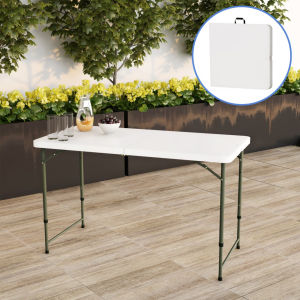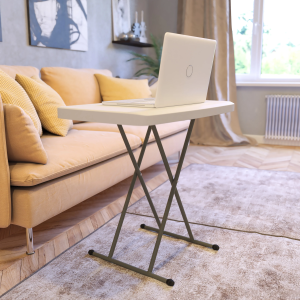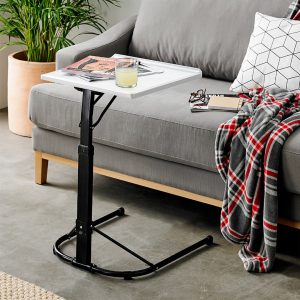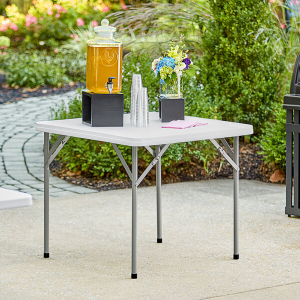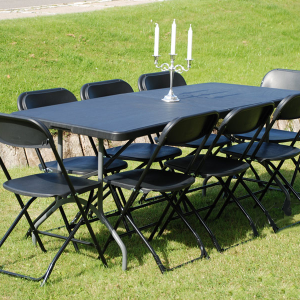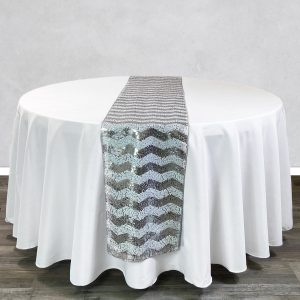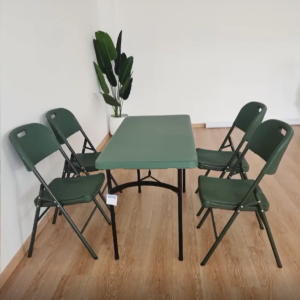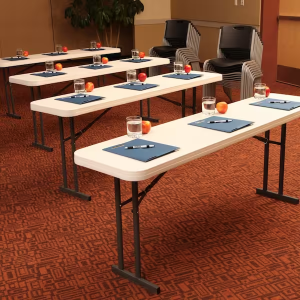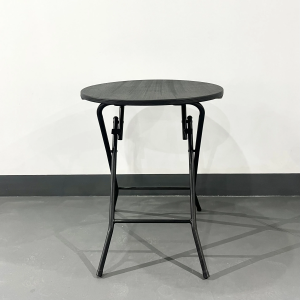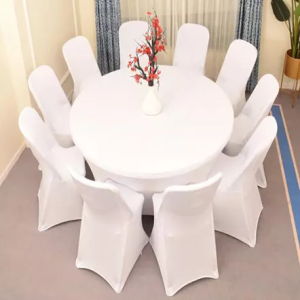More
Common Additives in Plastic Table Top Production
Behind the Sheen: Common Additives in Plastic Table Top Production
Introduction
Plastic tabletops are a ubiquitous feature in homes, offices, and various other settings. While their convenience and durability are well-known, there’s more to these tabletops than meets the eye. Beyond the raw materials, plastic tabletops often incorporate various additives during production. In this blog post, we’ll delve into the common additives used in the production of plastic tabletops and how they enhance their performance and appearance.
The Basics: Raw Materials in Plastic Tabletops
Before we explore additives, let’s briefly touch on the fundamental raw materials used in plastic tabletop production. The primary material is high-density polyethylene (HDPE), a thermoplastic known for its durability, moisture resistance, and ease of maintenance. HDPE serves as the backbone of the tabletop, providing its structural integrity.
Enhancing Durability: UV Stabilizers
Plastic tabletops often find themselves in outdoor settings, where exposure to sunlight is inevitable. To ensure that these tabletops don’t succumb to the damaging effects of UV rays, UV stabilizers are added during production. These additives act as a shield, preventing UV radiation from breaking down the plastic’s molecular structure. As a result, the tabletops remain vibrant and resistant to fading even after prolonged sun exposure.
Stain Resistance: Anti-Static and Anti-Stain Agents
One of the standout features of plastic tabletops is their ease of maintenance. To further enhance this quality, anti-static and anti-stain agents are commonly incorporated. Anti-static agents reduce the surface’s tendency to attract dust and dirt, ensuring the tabletop stays clean longer. Anti-stain agents create a non-porous surface that repels liquids, making spills from food, drinks, or art supplies easier to clean.
Texture and Aesthetics: Texturizing Agents and Pigments
While HDPE provides the durability, additives such as texturizing agents and pigments elevate the tabletop’s aesthetics. Texturizing agents create patterns and textures, enhancing the visual appeal and providing a tactile experience. Pigments introduce color diversity, allowing manufacturers to offer a wide range of options, from classic white to vibrant shades, to cater to various preferences and settings.
Flame Retardants: Safety First
In settings where safety is paramount, such as schools and offices, flame retardant additives may be incorporated. These additives reduce the flammability of the tabletop, ensuring that it meets safety standards and regulations. Flame retardants are crucial for protecting users in the event of accidental fires.
Eco-Friendly Initiatives: Recycled Material Additives
As sustainability gains importance, some manufacturers are incorporating recycled materials as additives in plastic tabletop production. These additives reduce the environmental impact by repurposing plastic waste into new tabletops. This eco-friendly approach aligns with the growing demand for environmentally responsible products.
Conclusion
The production of plastic tabletops is a complex blend of raw materials and additives, each serving a specific purpose. From UV stabilizers that protect against sun damage to anti-stain agents that simplify maintenance, these additives enhance the tabletop’s performance and longevity. As consumer preferences continue to evolve, the incorporation of eco-friendly additives underscores the industry’s commitment to sustainability. The next time you encounter a plastic tabletop, you can appreciate the careful balance of materials and additives that make it a versatile and reliable piece of furniture.



